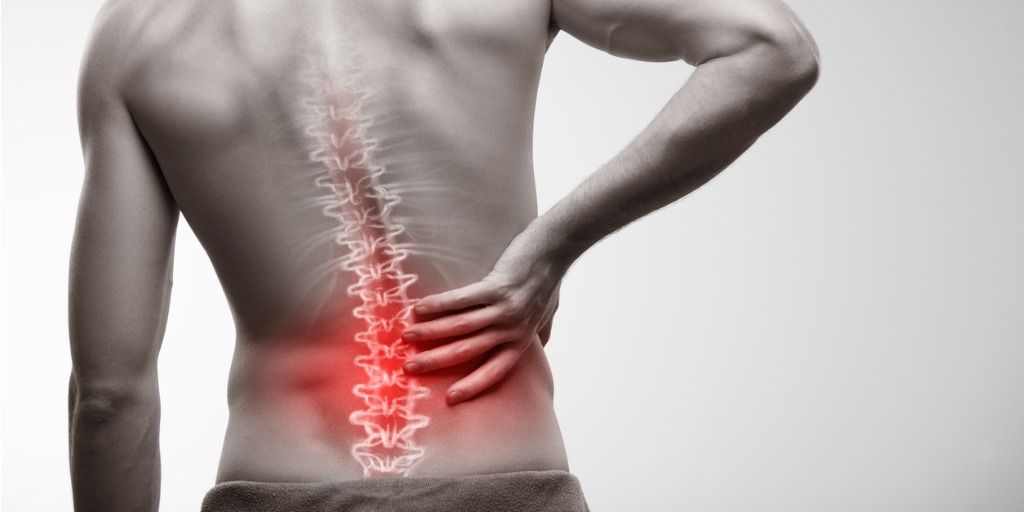Rotator Cuff Repair and Exercise Rehabilitation Programme
I would like to share one of my success stories of my recent patient who sustained a left shoulder injury at work in February 2020. An MRI showed a full-thickness tear of the supraspinatus tendon, moderate subscapularis tendinopathy and complete long head of biceps tendon tear. My patient had a left shoulder arthroscopy and open rotator cuff repair March 2020 and commended his exercise rehabilitation programme in July 2020. The individualised exercise rehabilitation programme was implemented to facilitate a return to pre-injury duties as a Groundsmen.
Job Specific Programme
The patient was completing pre-injury hours with a lifting restriction of 5kg and working below shoulder height. The patient’s pre-injury duties involved maintenance of irrigation around the school grounds including digging, repair and replacement of sprinklers and checking underground electronics. The physical critical demands of the patient’s job role are sustained bent over postures, combined with predominately repetitive hand-arm movements between waist and shoulder height. He is required to lift and carry 20L buckets of sand.
The exercise rehabilitation programme initially focused on increasing pain-free range of movement, joint mobility and stability through his left shoulder. The patient’s programme quickly progressed to addressing recruitment patterns of the left shoulder and supporting musculature with a focus on a variety of positions and postures. The final stage of his programme was to increase upper limb strength in a variety of postures with a focus on correct manual handling and repetitive movements with lifting load away from the midline of his body. The programme included eccentric strengthening exercises for the rotator cuff, concentric and eccentric strengthening for the scapular stabilisers. The focus was external rotator cuff strengthening due to an imbalance between the over strengthen internal rotators and weakened external rotators.
Outcome of Exercise Rehabilitation
The patient is now at 100% functional capacity in the gym for his pre-injury role. The patient was compliant to his exercise rehabilitation programme and return to work plan. He initially completed one supervised session per week for the first eight weeks combined with two to three unsupervised sessions per week. The supervised session was reduced to once per fortnight, which allowed the patient to progress to self-management. At the end of the exercise programme, the patient showed significant improvements in his range of movements and mobility through his left shoulder. The patient has gained strength with lifting load away from the midline of his body and lifting load in various postures necessary for his pre-injury duties, which allowed for job hardening, giving him the confidence to perform his work duties pain-free. As a result, the patient was certified fit for pre-injury duties and due to obtain a final medical certificate at his next specialist review.

Daniel Nguyen (B.Sc. Exercise Physiology)
Senior Accredited Exercise Physiologist (AES, AEP)(ESSAM)
Reference
Byram IR. American Orthopaedic Society for Sports Medicine (AOSSM) 35th Annual Meeting Abstract 8363. Presented July 10, 2009.




